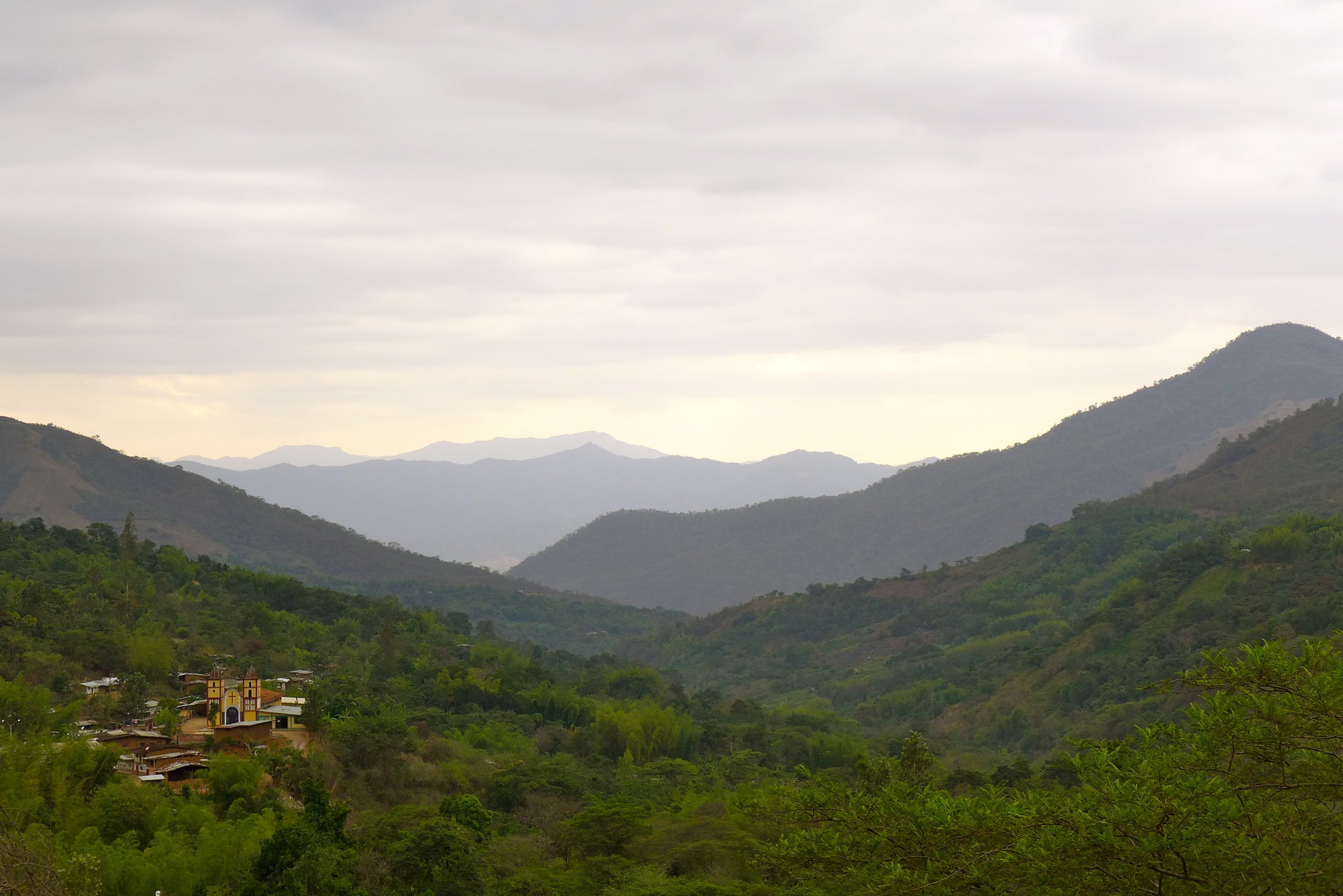Cooperativa Agraria Norandino Ltda (Norandino)
CDP closeout event at Norandino, 2017.
Co-op Name: Cooperativa Agraria Norandino Ltda (Norandino)
Location: Piura, Peru
Partner since: 2004
Number of Producers: 1810 (10% Women)
Average land under production per farmer: 1.5 Ha (~3.7Acres)
Certifications: Organic, Fair Trade, SPP
Varieties: Tipica, Caturra, Catimor
Altitude: 1200-2000 meters above sea level
Processes: Washed
Website: http://www.coopnorandino.com.pe
Interesting fact: As part of the USAID cooperative Development Program (CDP) project, one of the main activities during the execution of the project at Norandino has been a focus on research as means of generating information to influence cooperative decision-making and create new strategies. Research on cadmium content in cocoa continues to gain strength as one of their main activities. As one of the main recommendations to reduce cadmium, three types of fertilizers and amendments have been validated to reduce absorption of cadmium from the soil to the cocoa beans. The trial consists of investigating 16 hectares (1 farm of 1 hectare each), establishing plants as controls, and applying the different fertilizers. On the other hand, two kontikis (artisanal biochar ovens) were built to produce biochar, and to reduce the logistical costs of bringing biochar from other parts of the country. The objective of these is to be able to produce biochar in situ from cocoa and mango pruning of trees, using local and available materials.
A little bit of history: Cooperativa Norandino is an association of small-scale coffee producers in northern Peru. The 90 grassroots organizations are located on the western slopes of the Andes Mountains in Piura.
Cooperativa Norandino brings together three important coffee farmer groups with a long history in Peru. One such organization is the Central Piurana de Cafetaleros (CEPICAFE), which was was founded on March 26, 1995, with 18 primary-level co-op organizations and 200 members. CEPICAFE was founded after years of grassroots work by Arnaldo Neira, Segundo Guerrero and many others. After seeing the success achieved by implementing ecological technical farming systems and marketing quality coffee, more and more producers began to organize. "Together with our grassroots organizations we work permanently to promote sustainable and fair human development by broadening the capacities and ensuring respect for the rights of small-scale farmers and producers in the highlands of Piura," said Arnaldo Neira Camizán.
The second major group of growers who cooperated to create Cooperativa Norandino are from the area of Jaén and San Ignacio in the province of Cajamarca. A generation ago, these growers benefited from the services of the secondary cooperative CECOOAC-NOR, but that group collapsed during the economic chaos that engulfed Peru in the 1980s and 1990s. Small-scale farmers were subjected to the unfair buying practices of private corporations, but were able to organize themselves into new democratic organizations to build their own history. The third group of farmers are located around the San Martín area of northern Peru.
The region where Cooperativa Norandino members grow coffee is in the highlands of northwest Peru. All of Cooperativa Norandino’s coffee is grown by family units. The average area farmed by members is 1.5 hectares (about 3.7 acres). The structure of small property allows them to dedicate all their efforts on the cultivation of coffee without damaging the aside forest and fruit species which serve as shade trees to the coffee and supply an important part of the families’ diets. Geographically, the area is located on the western flanks of the Andes Mountains, very close to the Ecuadorian border.






